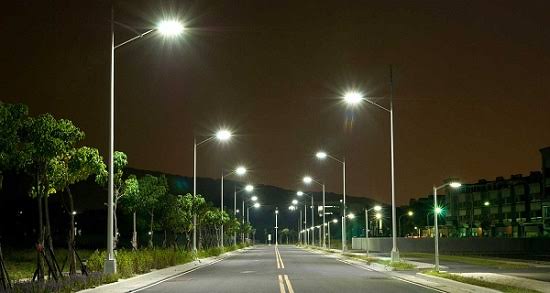Introduction
In the face of environmental challenges and the urgent need to address climate change, the development and adoption of green technology and renewable energy solutions have gained significant momentum. Green technology encompasses a wide range of innovative practices, products, and systems that prioritize sustainability and minimize environmental impact. Coupled with the rapid advancement of renewable energy sources, such as solar, wind, and hydroelectric power, green technology is paving the way to a sustainable future. In this article, we will explore the importance and impact of green technology and renewable energy in driving the transition towards a more sustainable and resilient world.
Understanding Green Technology
Green technology, also known as clean technology or environmental technology, refers to the application of scientific and technological advancements to solve environmental challenges and promote sustainability. It encompasses various sectors, including energy, transportation, waste management, agriculture, and construction. Green technologies aim to reduce greenhouse gas emissions, conserve resources, minimize pollution, and promote the efficient use of energy and natural resources. Examples of green technologies include renewable energy systems, energy-efficient appliances, sustainable building materials, and waste-to-energy technologies.
Harnessing Renewable Energy Sources
Renewable energy sources play a vital role in achieving sustainability goals. These sources, including solar, wind, hydroelectric, geothermal, and biomass energy, offer significant advantages over fossil fuels. Renewable energy technologies generate electricity with lower or zero carbon emissions, reduce dependence on finite resources, and contribute to energy security. The declining costs and increasing efficiency of renewable energy systems have accelerated their deployment worldwide, paving the way for a cleaner, more sustainable energy future.
Advantages of Green Technology and Renewable Energy
The adoption of green technology and renewable energy brings numerous advantages, both environmental and socio-economic. From an environmental perspective, they help mitigate climate change by reducing greenhouse gas emissions and air pollution, improving air quality, and conserving natural resources. Additionally, green technologies promote biodiversity conservation, sustainable land use, and waste reduction. Socio-economically, the green technology sector creates new employment opportunities, drives economic growth, enhances energy independence, and reduces energy costs for individuals and businesses.
Green Technology in Transportation
The transportation sector is a significant contributor to greenhouse gas emissions. Green technology innovations in this sector, such as electric vehicles (EVs), hybrid vehicles, and efficient public transportation systems, are instrumental in reducing carbon footprints. EVs, powered by renewable energy, offer a cleaner and more sustainable alternative to traditional internal combustion engine vehicles. Additionally, smart transportation systems, enabled by green technologies, optimize traffic flow, reduce congestion, and enhance the efficiency of logistics and transportation networks.
Sustainable Building and Construction
The construction industry plays a critical role in sustainable development. Green building practices, driven by green technologies, prioritize energy efficiency, water conservation, and the use of eco-friendly materials. Energy-efficient building designs, green roofs, solar panels, and smart building management systems are examples of green technologies applied in the construction sector. These initiatives reduce energy consumption, improve indoor air quality, and create healthier and more comfortable living and working spaces.
Overcoming Challenges and Promoting Adoption
While the potential of green technology and renewable energy is immense, their widespread adoption faces challenges that need to be addressed. Barriers include high upfront costs, technological limitations, regulatory frameworks, and public awareness. Governments, businesses, and individuals must collaborate to overcome these challenges through supportive policies, incentives, research and development, and public education. Continued innovation and investment in green technology will further drive down costs and enhance the viability of sustainable solutions.
The Role of Green Technology in a Sustainable Future
Green technology and renewable energy are indispensable components of a sustainable future. Their integration across various sectors and the wider adoption of sustainable practices will contribute to mitigating climate change, reducing environmental impact, and building resilient communities. Governments, businesses, and individuals must embrace the potential of green technology, foster collaborations, and invest in research and development to propel the transition towards a more sustainable and prosperous future for generations to come.
Conclusion
Green technology and renewable energy play a pivotal role in paving the way to a sustainable future. Through the adoption of innovative practices, products, and systems, we can mitigate climate change, reduce environmental impact, and create a more resilient world. The increasing affordability, efficiency, and availability of green technologies, coupled with the growth of renewable energy sources, provide immense opportunities for individuals, businesses, and governments to embrace sustainability and shape a better tomorrow. By prioritizing the adoption of green technology and renewable energy, we can forge a path towards a more sustainable and harmonious coexistence with our planet.


